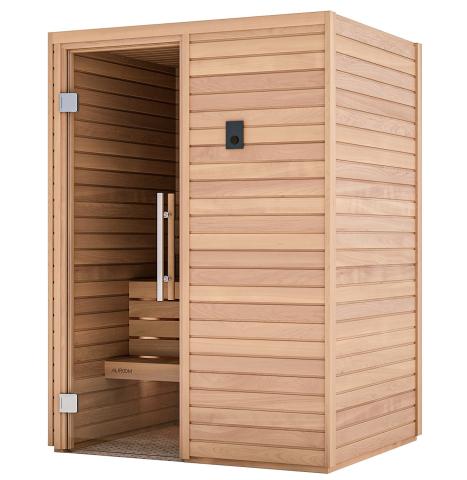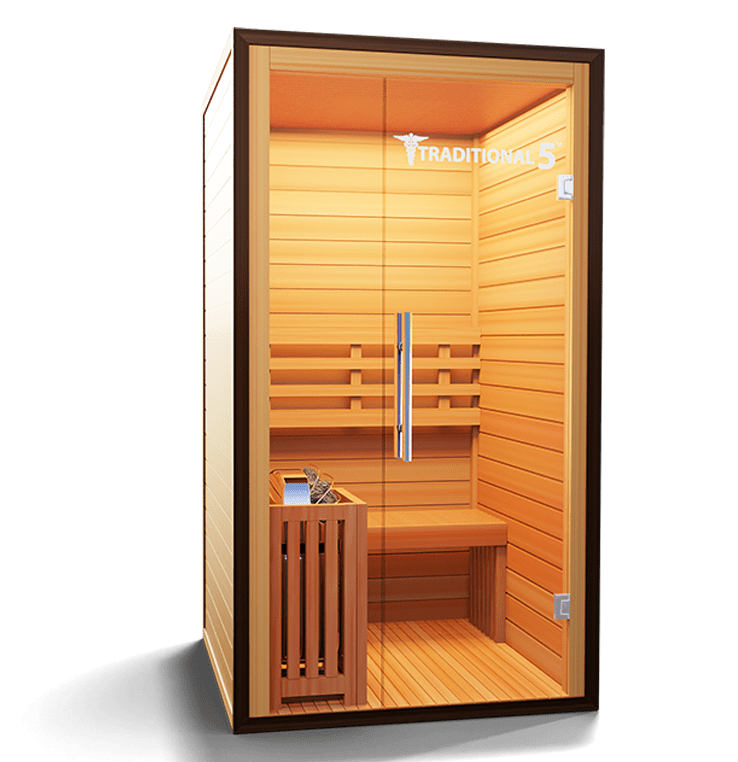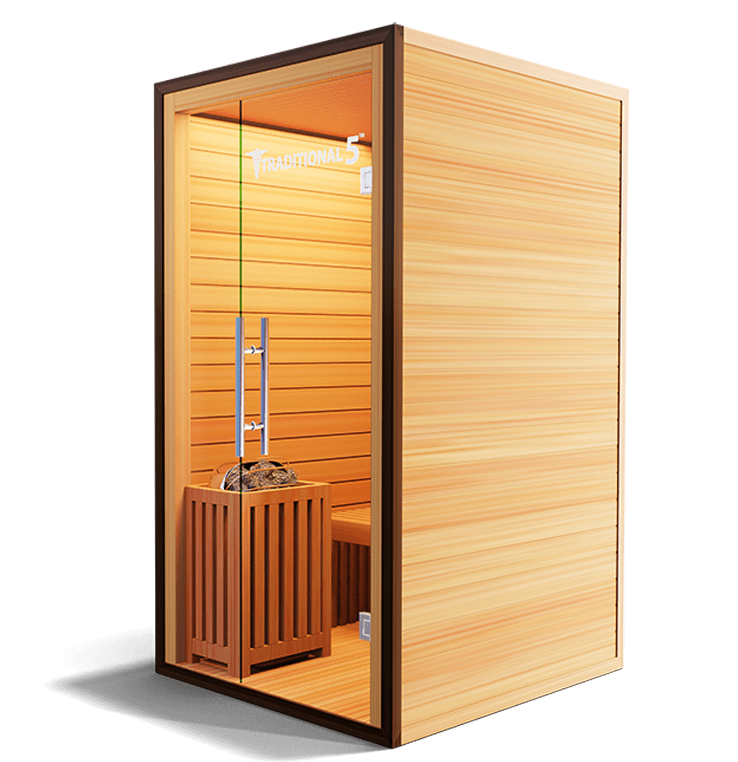The Basic Principles Of Traditional Sauna
The Basic Principles Of Traditional Sauna
Blog Article
Traditional Sauna Things To Know Before You Get This
Table of ContentsThe Single Strategy To Use For Traditional SaunaThe 8-Second Trick For Traditional SaunaGetting The Traditional Sauna To WorkNot known Facts About Traditional SaunaSome Ideas on Traditional Sauna You Should Know
Most of the weight lost in a sauna is water loss and is re-gained upon rehydrating. Nonetheless, without an uncertainty sauna can be a vital component of a healthy weight management program. To check out the differences between traditional and IR saunas, I will certainly divide these into proven, theoretical, and made distinctions.Therefore, the best factor in the saunawhich goes to the ceiling directly above the sauna heateris generally between 185 and 190 F. Claims that a typical sauna goes beyond 200 F is simply not real and not applicable for electrical saunas marketed in the United States. The temperature for a far-infrared sauna is generally established between 120 and 140 F; nevertheless, unlike the conventional sauna, the goal in and IR room is not to accomplish a high temperature.
Due to the fact that of this, the temperature distinction is virtually irrelevant, considering that extreme sweating leads to both sauna kinds, but the method of warming the body is different. In an IR sauna the bather will certainly really feel hot and will certainly sweat profusely, however at much reduced temperature levels (Traditional Sauna). Therefore, if the objective is to spend longer durations of time in the sauna, the IR sauna is a good selection
When a traditional sauna has been correctly heated up, the sauna walls are warm, the air temperature has actually attained set temperature level and the rocks are extremely warmed. As an intriguing side note, the warmed wall surfaces and the rocks are giving off far-infrared heat, combined with the warmed air, to produce an "covering warm".
The Basic Principles Of Traditional Sauna

When the heat is accomplished, the components cycle on and off to maintain the heat. The majority of traditional sauna users appreciate putting water over the rocks to develop steam to increase sauna humidity levels. The benefits of putting water over the rocks consist of: making the area much more comfortable, moistening the nasal passages, and enabling the use of aromatherapy by blending essential oils with the water.

When the power goes into the body, it triggers the body temperature level to enhance and ultimately leads to sweating. In an infrared sauna it is essential for the emitters/heaters to stay on almost frequently. Given that there is no mass of rocks to keep heat, the sauna will cool if the emitters turned off.
As stated over, the sauna bather in an infrared space intends to place himself before operating emitters to obtain optimal take advantage of the heat. The home heating time for both areas can be really different, depending on how the spaces are made use of. For a conventional sauna, a bather needs to allow 30-40 mins for the space to achieve a preferred temperature level and to appropriately pre-heat the rocks.
About Traditional Sauna
A well built sauna will commonly achieve a temperature level of 150-160 F in about 30-40 minutes. For hotter temperatures, the room may need to heat for a longer duration. Once the area achieves established temperature, the heating unit will cycle on and off, commonly running concerning 50% of the time. The insulated wall surfaces and the warmed rocks will keep the space warm and at steady check here temperatures.

Typical saunas have a tendency to be bigger (therefore make use of even more electrical energy) than infrared saunas, although traditional saunas are certainly readily available in one and two individual sizes also. For a two-person standard sauna, 5x6 or 5x7 dimension is most preferred. The leading bench can easily seat 2 or three people and is additionally long sufficient to lie down during the sauna session.
The Of Traditional Sauna
The typical expense per kWH of electrical power in the united state is approximately $0.11, so a 4.5 kW heating unit will set you back around $.50 to run for one hour, if the heating system runs constantly for one hour. Commonly a sauna heater will compete 75% of the first hour and 50% of succeeding hours on since the components cycle once the established temperature is accomplished.

There is a hardly ever reviewed difference in the social experience between the two rooms. While our culture has actually lost a few of the social advantage of the traditional sauna experience, it can be very socially satisfying (Traditional Sauna). From family time in the sauna, to heart-felt discussions with loved ones, to sauna partiesthe conventional sauna experience can lead to intimate socializing
Getting The Traditional Sauna To Work
Most higher end infrared areas include colored light treatment, sound systems and full-glass fronts. The size of most rooms enable 2 individuals to conveniently make use of the room, while some styles may permit a third or fourth individual to make use of the room. Personalized infrared spaces are additionally readily available, with room sizes readily available as much as 7' x 8' x 7' high.
Report this page